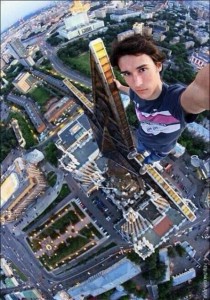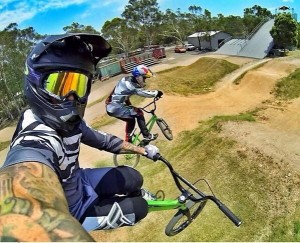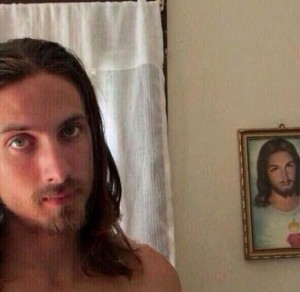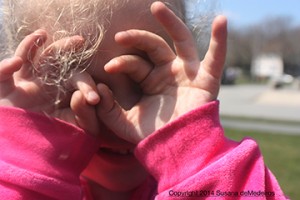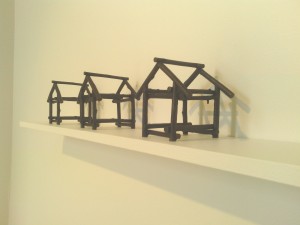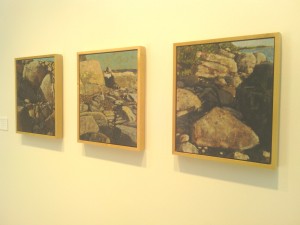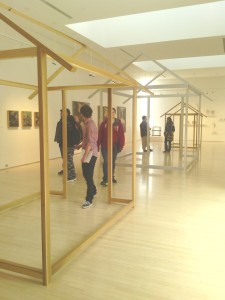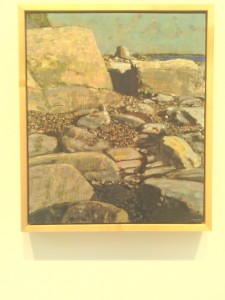Digital Photography is it Diminishing the Visual Art
A.O. Scott investigates the many questions about the increase of photos in regards to digital photography. Scott uses the article, “On Photography” as his vehicle and partially his source to navigate through. Since the creation of digital photography there have been many wondering and taking sides on the matter. From the beginning, professional photographers have been concerned that once cameras were made available to the masses that their careers could be negatively impacted. When film cameras became accessible by even poor families, professionals became worried. They felt that it wouldn’t stand the test of time. Well weren’t they wrong? Now bringing us to the present, Scott retells the Susan Sontag’s view on digital photography and multimedia.
The article “On (Digital) Photography: Sontag, 34 Years Later,” A. O. Scott presents more questions that lack solutions. Scott reiterates similar points in Susan Sontag’s “On Photography” in 1977. Then again he is mainly, but not limited to, referencing Sontag. Scott mentions how Sontag predicted this, “overwhelming array of photography as technology of the future.”(Sontag,”On Photography”) The surplus of images coupled with the recycling of pictures can flood our web experience. This left people like Sontag and Scott asking questions, Like why we don’t preserve the art of photography, or is photography a craft anymore? Does technology and the internet have the ability to take away from the strength of individual photos or the whole subject entirely?” (Scott,”On (Digital) Photography: Sontag, 34 Years Later”) Sontag was a writer, observer, and a critic. Her work covers photography, media, illnesses, and aids. Sontag was acknowledged for her many works. She received many awards recognizing her scholastic and creative talents, but this article isn’t about all her work. Scott concentrates on photography and what it was then and what it is now.
Digital photography gives the everyday person access to take decent if not wonderful pictures. Great photography is not diminished by the lesser advanced images or plagiarism as Scott speaks of,” cutting and pasting photos online.” (Scott,”On (Digital) Photography: Sontag, 34 Years Later”) A successful photographer will take precautions to keep their work safe. The recycling of an image doesn’t make it yours, it’s stealing! Sontag claims,” that industrialism brings forth accessibility to the camera and that social convention demands more people to obtain and take their own photos.” (Sontag, On Photography”) Sontag subconsciously mapped out the theory that photography-as-art is born. Undoubtedly, the few engineers’ and professional photographers of the mid 1800′s were threatened by households taking over their own family portraits. In this day and age there is always that reluctant question; did the digital camera kill the art of film photography? No, I have to agree with Scott here. There are people who still treat it like a great endeavor, or even a ritual. There are still artists like Sally Mann who use film and vintage cameras . As consumers and viewers we have to decide situation-ally, what is everyday family photos and what is art. It’s a lot to file through but there is am-matures and then there are professionals.. Digital cameras and technology have not killed the art form.” It just makes the archive of scenes to look through immense and overwhelming like Scott recites.” (Scott,”On (Digital) Photography: Sontag, 34 Years Later”)
This debate has been ongoing. Did digital photography kill the art? I feel strongly that it hasn’t. Yes, there is an overflow of images online and our computers. Making it tedious to find something with substance. Still it’s very possible to discover impressions of priceless moments or artistic designs in the sea of prints. The accessibility to cameras and being able to edit our own photos produces immense pictures. The chances of creating an interesting piece of art is high because of that. We can take a photo and immediately see it and retake it if necessary. Having the ability to correct a shot at the very moment provides a higher chance of an unprofessional photographer to maintain consistency. All you need is a desire to manifest your imagination through your visual arts. Most households have internet and digital cameras, this gives us all an option to learn and make art. The willingness to become informed and being equipped even with the simplest cameras boosts our abilities.
Work Cited
Scott, A. O. “‘Capturing a Single Moment Of Perfect Stillness’” The New York Times. The New York Times, 07 May 2011. Web. 16 Mar. 2014.

